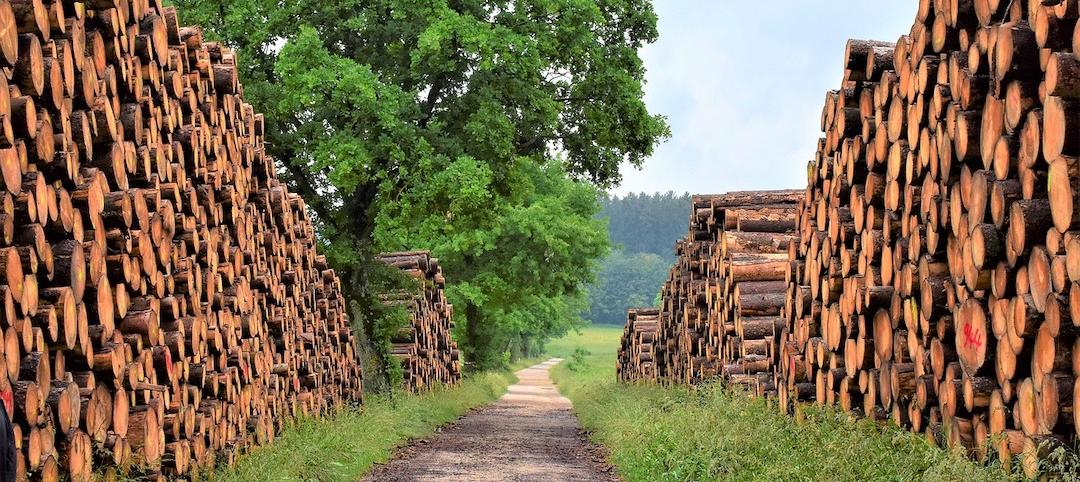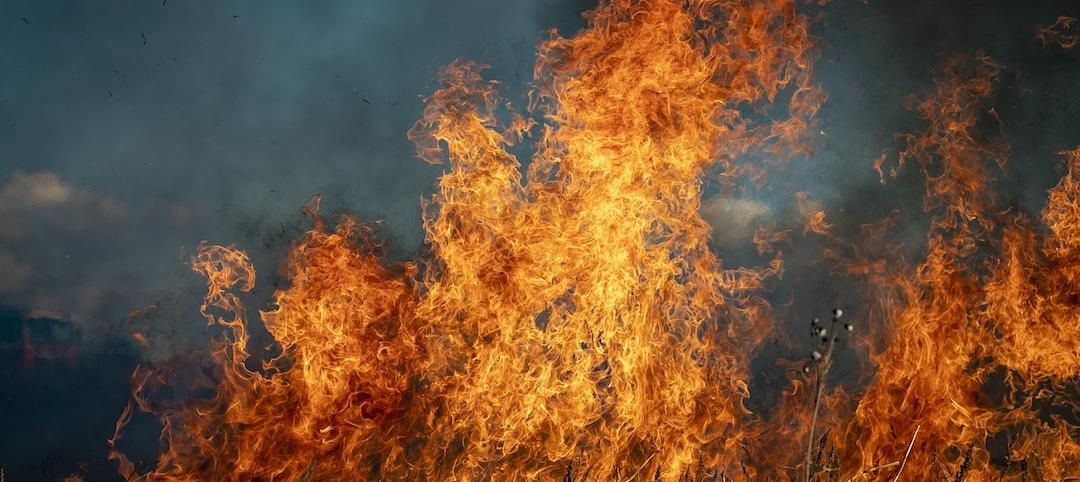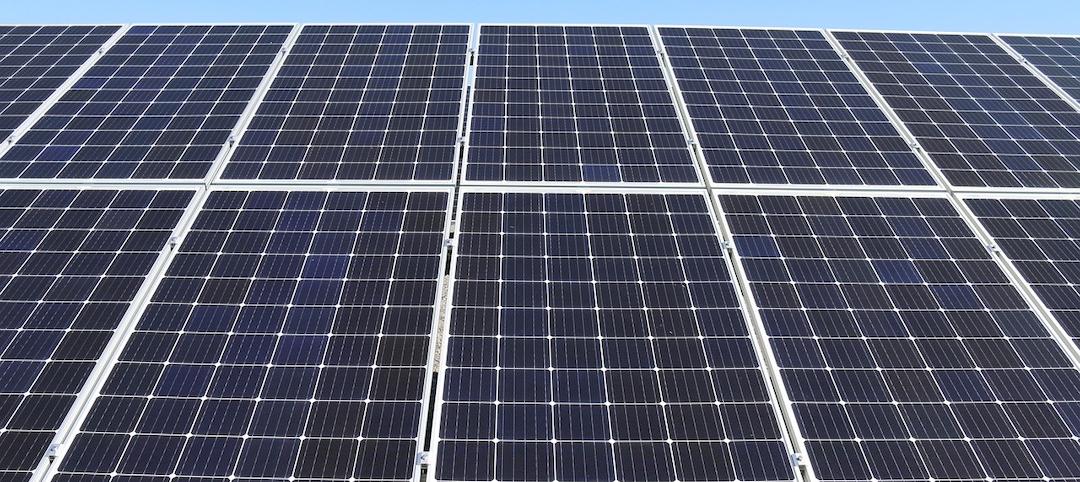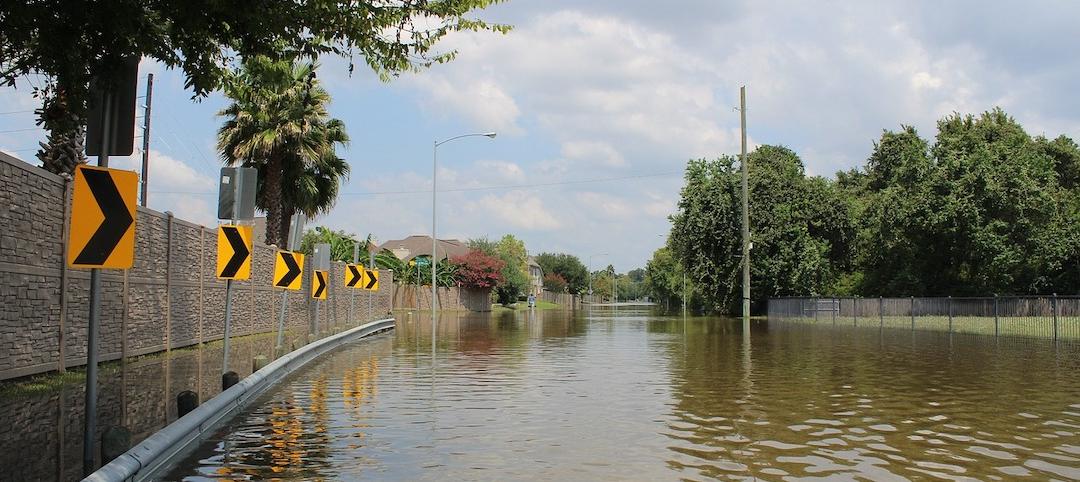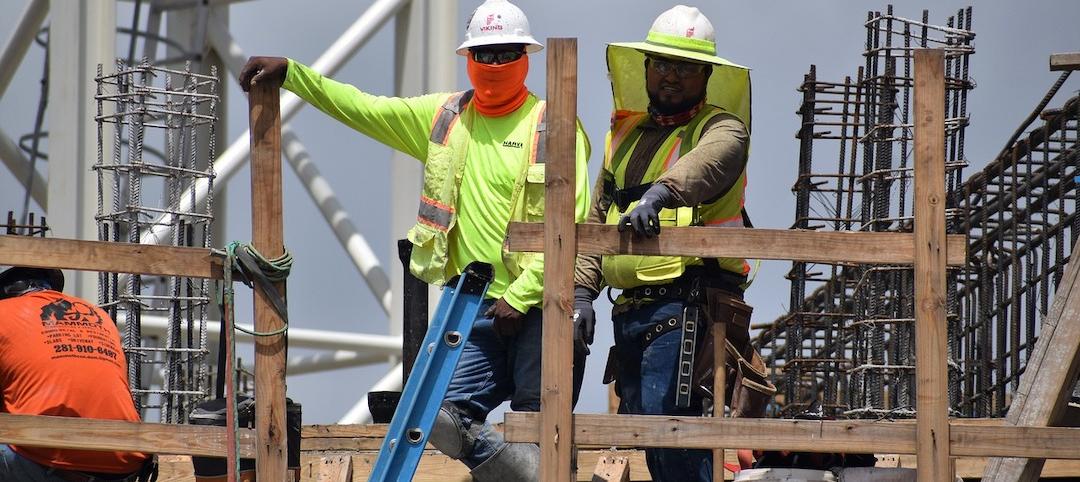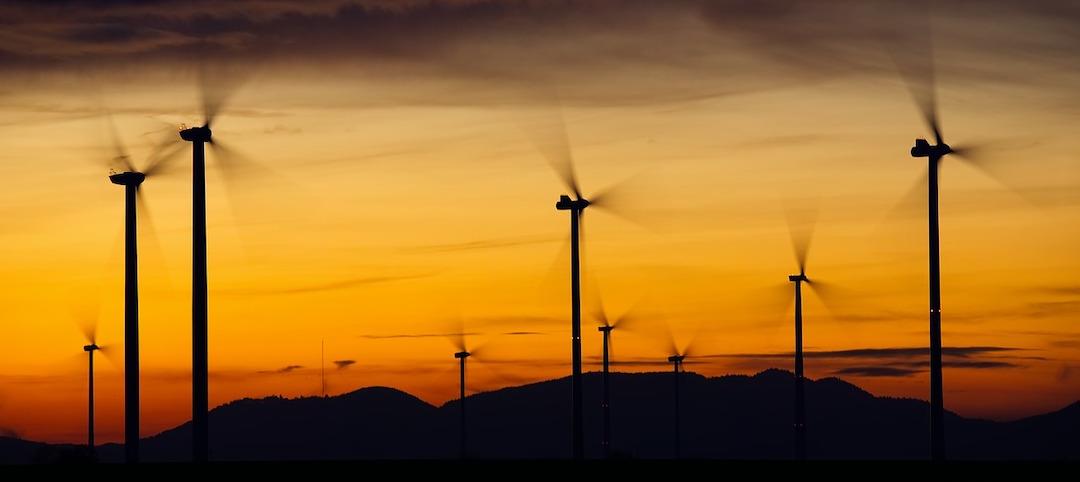The least energy efficient multifamily property may be spending $165,000 more in annual energy costs than a similar property operating the most efficiently, according to a new white paper released by Fannie Mae.
"Transforming Multifamily Housing: Fannie Mae's Green Initiative and Energy Star for Multifamily" provides insight into Fannie Mae’s Green Initiative, its partnership with the U.S. Environmental Protection Agency (EPA), and its effort to compile comprehensive multifamily energy and water data providing the basis for the EPA's Energy Star Score for multifamily structures.
Fannie Mae will continue to lead efforts to support green activities and provide greater transparency for investors by disclosing Multifamily Energy Metrics on Fannie Mae MBS. In June 2014, Fannie Mae collected the Source Energy Use Intensity (EUI), an energy performance metric, for properties securing multifamily loans in cities with Energy Star reporting requirements.
Beginning in 2015, Fannie Mae will collect the Source EUI and the Energy Star score for the associated properties and will disclose the EUI metrics. Investors will be able to view the metrics for properties located in Boston; Cambridge, Massachusetts; Chicago; New York; Seattle; and Washington, DC. This information will give investors greater insight into the energy consumption of multifamily properties and the financial performance of the associated loans.
(http://www.fanniemae.com/portal/about-us/media/commentary/091114-pagitsas.html)
Related Stories
Codes and Standards | Jan 19, 2022
Canada’s Trudeau seeking building codes changes, net-zero emissions building strategy
Prime minister also wants net-zero electricity grid by 2035.
Codes and Standards | Jan 18, 2022
Greater emphasis on building materials needed to achieve net-zero carbon offices
Engineered wood, straw, and bamboo can be keys to achieving goal.
Codes and Standards | Jan 17, 2022
AISC seeks comments on draft earthquake standard for steel buildings
Includes new limits for cross-sectional slenderness of steel columns based on latest research.
Codes and Standards | Jan 12, 2022
California’s wildfire building code significantly reduces structural loss
As other states consider upgrading their codes, Golden State provides useful model.
Codes and Standards | Jan 12, 2022
Regulator holding back climate-friendly, energy-saving equipment deployment, critics say
Heat pumps, solar power could be made more accessible for low-income communities in Massachusetts.
Codes and Standards | Jan 11, 2022
Cost hikes drive nearly one million renters out of homeownership qualification in 2021
Household income needed to pay a mortgage rose to $62,872 from $55,186.
Codes and Standards | Jan 10, 2022
New ratings services focus on climate risk for homeowners
Efficacy of models used in risk assessment varies.
Codes and Standards | Jan 6, 2022
Virginia contractors having a tough time finding diverse subs to meet state goals
Survey of primes may indicate similar issues at federal level.
Codes and Standards | Jan 5, 2022
Boston drops parking requirements for affordable housing
Measure expected to spur new projects.
Codes and Standards | Jan 4, 2022
Dept. of Energy Better Climate Challenge aims for 50% GHG emission reduction by 2030
Program offers technical assistance and peer-to-peer knowledge sharing.




